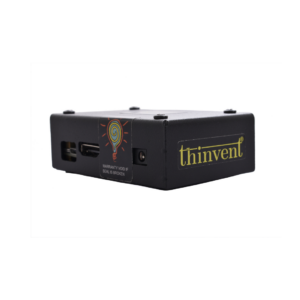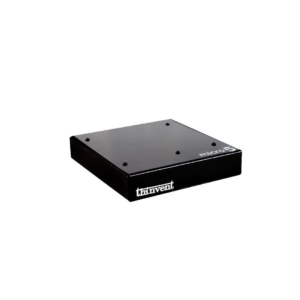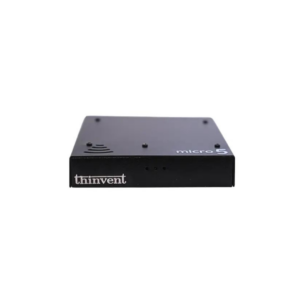In server based computing, users are not provided with PCs on their desk. Instead, they are provided with a display, keyboard, mouse and a thin client. A thin client is a special device that connects the display, keyboard and mouse on the user’s desk to a server. The server, usually placed in a secure location, contains all the programs and data that the user needs for their work or learning. The server and thin clients are connected using standard computer networking.
PCs: Standalone devices. Not designed for shared use.

Thin Clients: Networked Devices. Designed for sharing computing resources.

Advantages of Thin Clients
- Faster server means faster performance for all users
- No moving parts in desktop system – less failure
- No attachment to a particular computer – users can sit anywhere in the premises and do their work
- Eliminate period upgrade cycle of PCs; only server may need upgradation
Limitations of Thin Clients
- Not suitable for heavily graphical applications
- Requires properly structured network to function well
- Only suitable for setups with more than 10 computers – otherwise the cost benefits are not seen
Thin Clients are rugged devices that never need replacement. As and when the performance of the system becomes slow, the server is upgraded. Thin clients consume very little power, generate very little heat, and have no moving parts, leading to much lesser failure. Server based computing leads to all data and programs being centralised on the servers. This means easy backup and maintenance, and better security. Thin clients are unaffected by virus and malware, leading to a more secure working environment for everyone.



